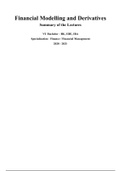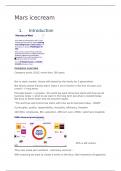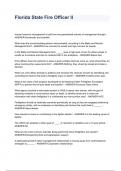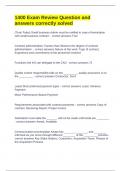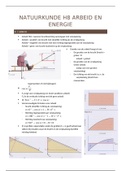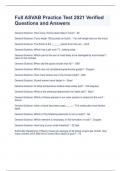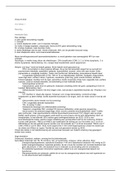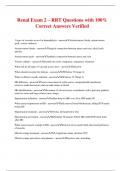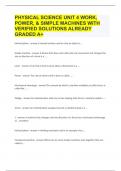Samenvatting
Financial Modelling and Derivatives - Summary of the Lectures
- Instelling
- Vrije Universiteit Amsterdam (VU)
- Boek
- Corporate Finance
Financial Modelling and Derivatives - Summary of the lectures. Financial Modelling and Derivatives - Samenvatting van de hoorcolleges. Book - Corporate Finance, written by Berk&DeMarzo. Important: this summary follows the order of the lectures in this specific course, not the chapters of the bo...
[Meer zien]
